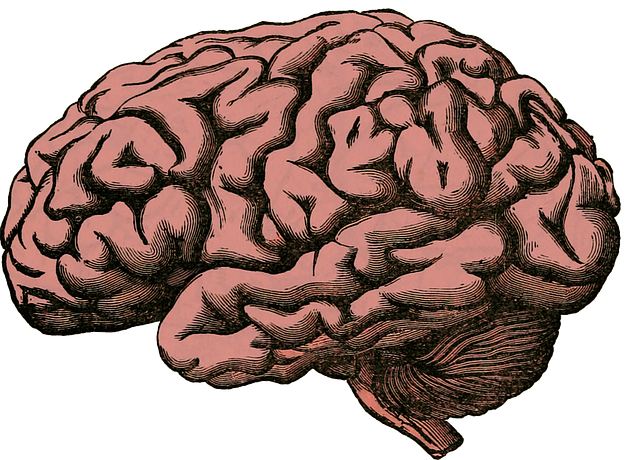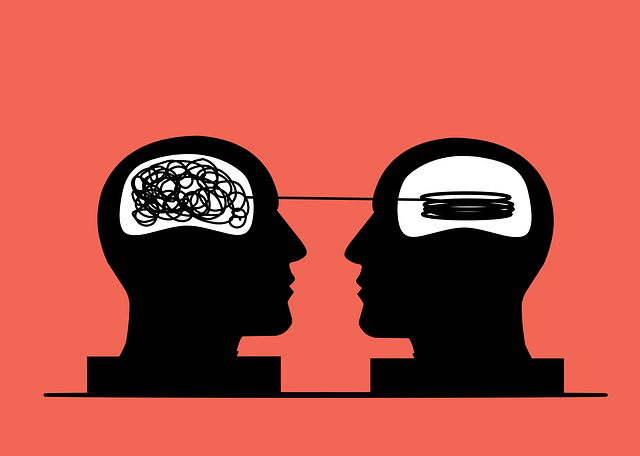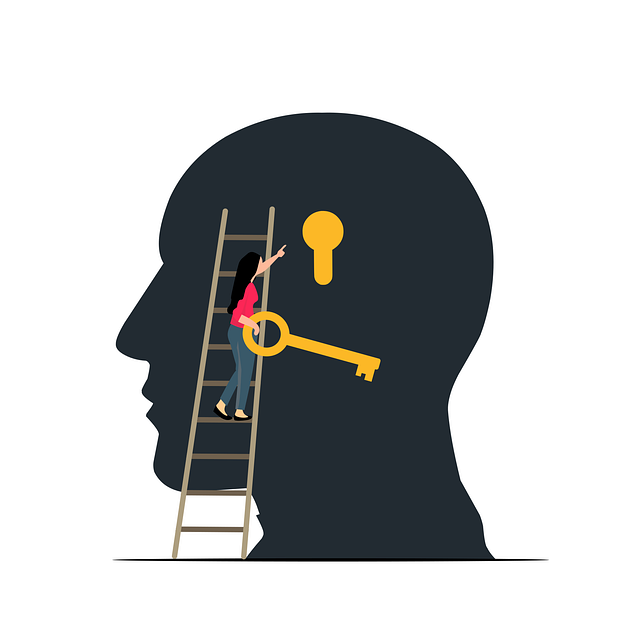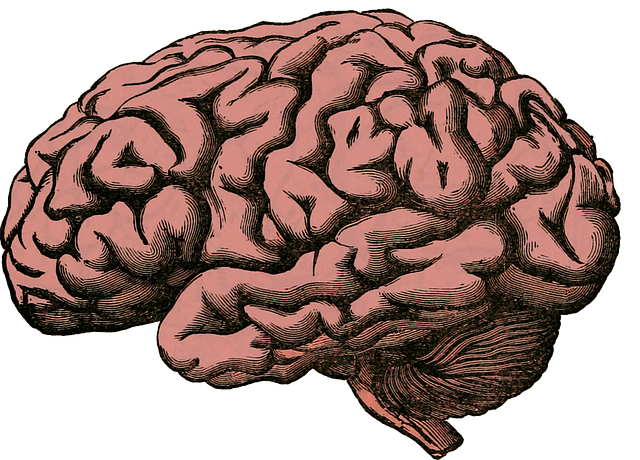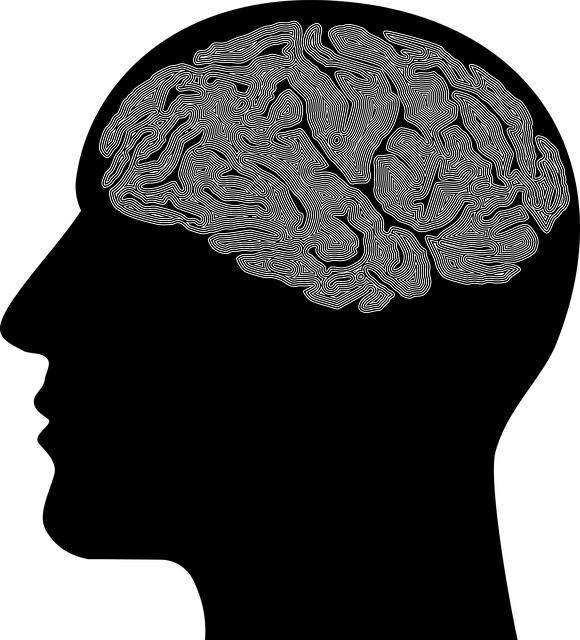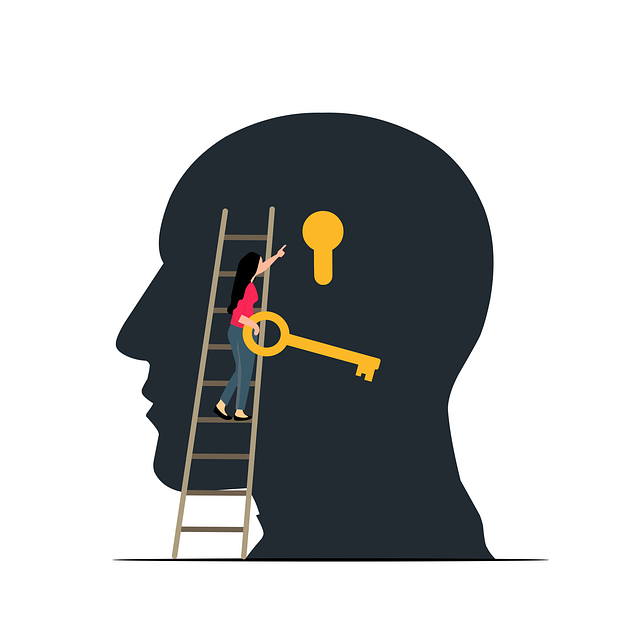Analyzing mental health data from various sources like surveys, clinical notes, and digital platforms is key in understanding contributing factors like Lone Tree Couples Communication Issues, which impact therapy outcomes. By identifying trends and patterns, professionals can design targeted interventions to enhance mental health awareness and tailor therapy sessions for better client confidence. This approach enables therapists to develop personalized strategies based on data-driven insights, such as using Mindfulness Meditation and Compassion Cultivation, leading to improved emotional regulation and long-term well-being.
Mental health data analysis is a powerful tool for understanding and improving therapeutic outcomes. In this comprehensive overview, we explore key aspects of interpreting mental health data, focusing on unique communication patterns within Lone Tree couples seeking therapy. By delving into specific analysis methods, we uncover insights that can enhance treatment strategies and improve relationships. This article offers valuable guidance for professionals, demonstrating how data-driven decisions can revolutionize care for couples facing communication issues in therapy.
- Understanding Mental Health Data: A Comprehensive Overview
- Analyzing Communication Patterns in Lone Tree Couples Seeking Therapy
- Interpreting Data to Enhance Treatment and Improve Outcomes
Understanding Mental Health Data: A Comprehensive Overview

Understanding Mental Health Data involves a nuanced approach to deciphering complex information about individual and collective psychological well-being. This includes recognizing various factors contributing to mental health, such as Lone Tree Couples Communication Issues, which can significantly impact therapy outcomes. By examining data from diverse sources like surveys, clinical notes, and digital platforms, professionals gain valuable insights into the prevalence and patterns of specific issues. For instance, identifying trends in therapy attendance or tracking changes in emotional regulation over time allows for more targeted interventions.
Mental Health Awareness is enhanced through comprehensive data analysis, enabling practitioners to tailor therapy sessions that address Confidence Boosting strategies for individuals experiencing Lone Tree Couples Communication Issues. Furthermore, this analytical process helps in gauging the effectiveness of different therapeutic approaches, fostering continuous improvement in mental health services. The ultimate goal is to create a supportive environment where Emotional Regulation becomes an integral part of daily life, ensuring long-term well-being for all individuals involved.
Analyzing Communication Patterns in Lone Tree Couples Seeking Therapy

In the realm of mental health data analysis, understanding communication patterns within Lone Tree couples seeking therapy offers profound insights into their relationship dynamics and potential barriers to mental wellness. By delving into the verbal and non-verbal cues exchanged during sessions, therapists can identify recurring issues, from subtle dismissive language to overt conflict. This nuanced analysis aids in tailoring empathy building strategies and stress reduction methods tailored to each couple’s unique challenges.
The process involves examining text transcripts or recorded interactions for keywords, tone, and body language signals indicative of communication patterns. Common themes may reveal underlying problems such as miscommunication, lack of active listening, or difficulty expressing emotions. For instance, frequent interruptions or defensive responses could point to a need for better conflict resolution skills. Identifying these patterns enables therapists to guide couples toward healthier interaction styles, fostering improved emotional connections and enhancing overall mental wellness.
Interpreting Data to Enhance Treatment and Improve Outcomes

Interpreting data is a powerful tool for enhancing mental health treatment and improving patient outcomes, especially in settings like Lone Tree Couples Communication Issues Therapy. By carefully analyzing trends and patterns within collected data, therapists can gain valuable insights into what strategies are most effective for individual clients or specific demographics. This enables them to personalize treatments, ensuring that each session and intervention is tailored to address unique needs. For instance, identifying successful communication techniques through data analysis can inform the design of subsequent therapy sessions.
Additionally, incorporating practices like Mindfulness Meditation and Compassion Cultivation may be supported by data-driven insights. Research into Emotional Healing Processes could reveal correlations between these secondary keywords and improved therapeutic outcomes. This information is crucial for therapists navigating complex cases, helping them make informed decisions and adapt their approaches to better support clients on their journeys towards mental well-being.
Mental health data analysis plays a pivotal role in understanding and addressing communication patterns within couples seeking therapy, as exemplified by the study of Lone Tree Couples with communication issues. By interpreting this data effectively, therapists can tailor treatments to specific needs, ultimately enhancing therapeutic outcomes. This comprehensive approach ensures that each couple receives personalized support, fostering healthier relationships and improved mental well-being.


